25 virology terms to help you understand outbreaks, from the common cold to COVID-19
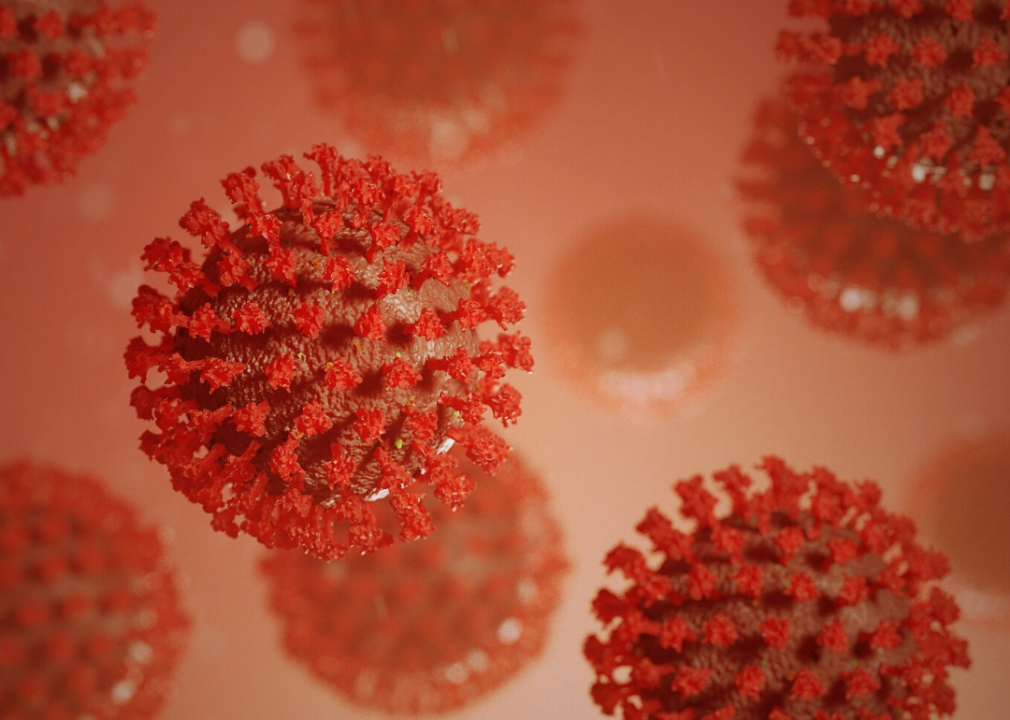
Pixabay
25 virology terms to help you understand outbreaks, from the common cold to COVID-19
Prior to early 2020, the average person never uttered the word ‘coronavirus’ and had no reason to think they would soon be part of a global effort to practice social distancing. As the COVID-19 surged, these terms, and others, became commonplace in news reports and daily conversations.
Stacker consulted encyclopedias and public health websites to compile a list of 25 virology terms. These terms help build background knowledge on what viruses are, how contagious they are, how they work in living cells, how they spread, and how they affect humans. These definitions illustrate the difference between the common cold and the COVID-19 virus and why COVID-19 is so deadly. The terms also help show why self-isolation and quarantine—as well as social distancing—are critical, as these practices help “flatten the curve” and prevent an exponential rise in COVID-19 cases and deaths. This story will also highlight terms such as capsid, R0, and zoonosis that are increasingly used in news stories.
Keep reading for fast lessons in droplet spread, community transmission, quarantine, and many more COVID-19-related terms.
You may also like: Top 100 causes of death in America
![]()
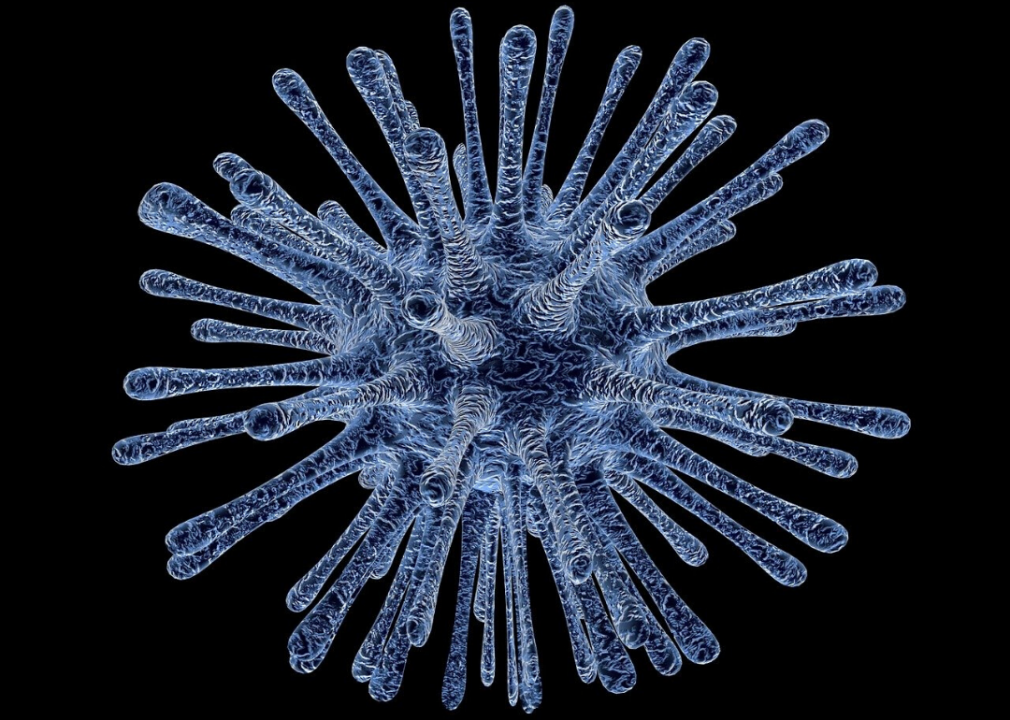
Pixabay
Virus
A virus is a microscopic, infectious cellular invader. Viruses insert themselves into living cells where they replicate. They can infect most life forms: from bacteria to plants to animals. Every cellular organism studied so far has its own viruses. Millions of viruses are found across all ecosystems and life forms on Earth, with about 5,000 of these described by science.
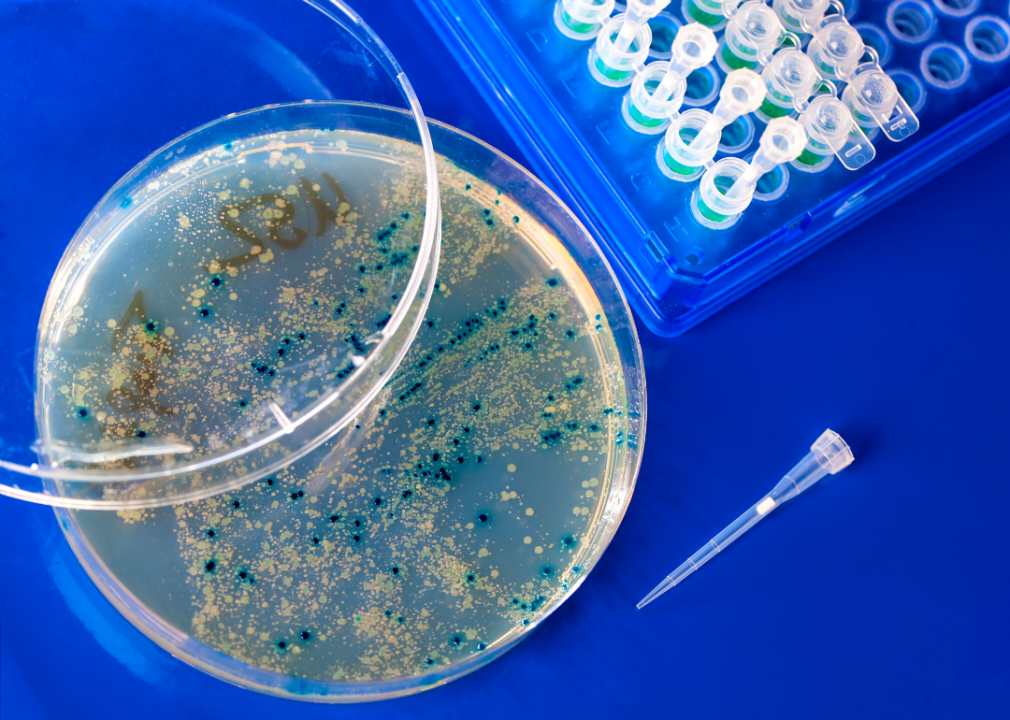
motorolka // Shutterstock
Bacteriophage
A bacteriophage—or phage for short—is a virus that specializes in infecting bacteria. Most viruses are bacteriophages. These particular types of viruses are made of proteins that infect the bacterial cell, then they enclose the DNA or RNA genome within the cell. Bacteriophages are the most common entities on Earth and are found everywhere bacteria exist, which is across all environments on Earth.
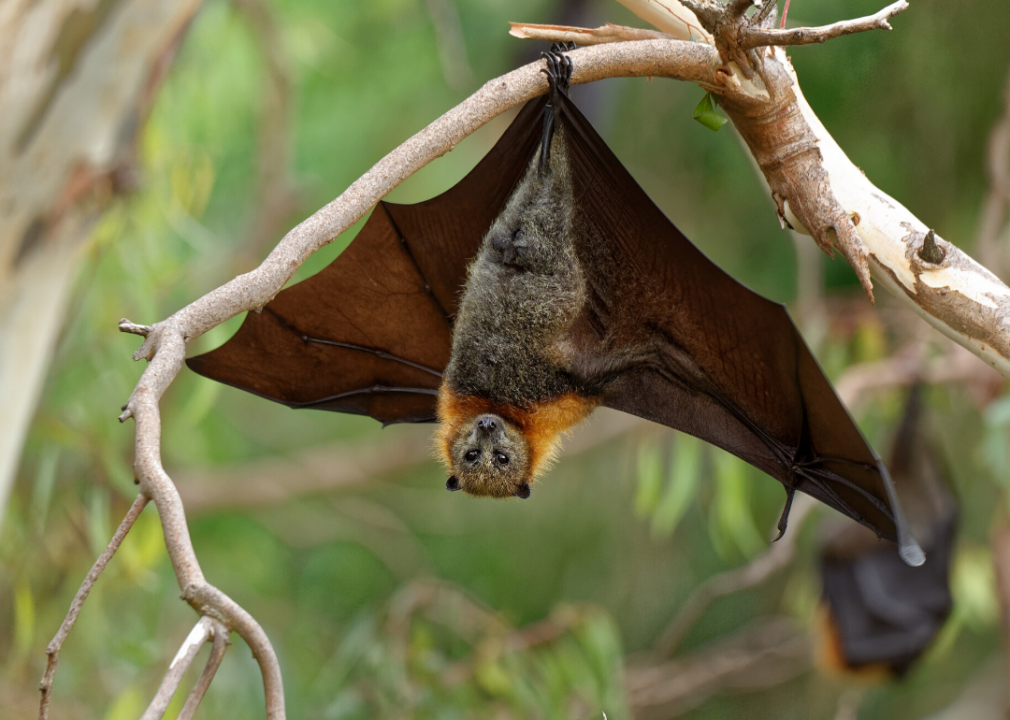
Michael Peseta // Shutterstock
Animal virus
Viruses specialize on all different forms of cellular life; each virus evolved to infect different forms. Animal viruses infect only animals, and two fields of study separate their study. For non-human animals, the field is known as “veterinary virology,” while “medical virology” is the study of viruses and human beings. Viruses that affect humans are the most studied with many areas of research.
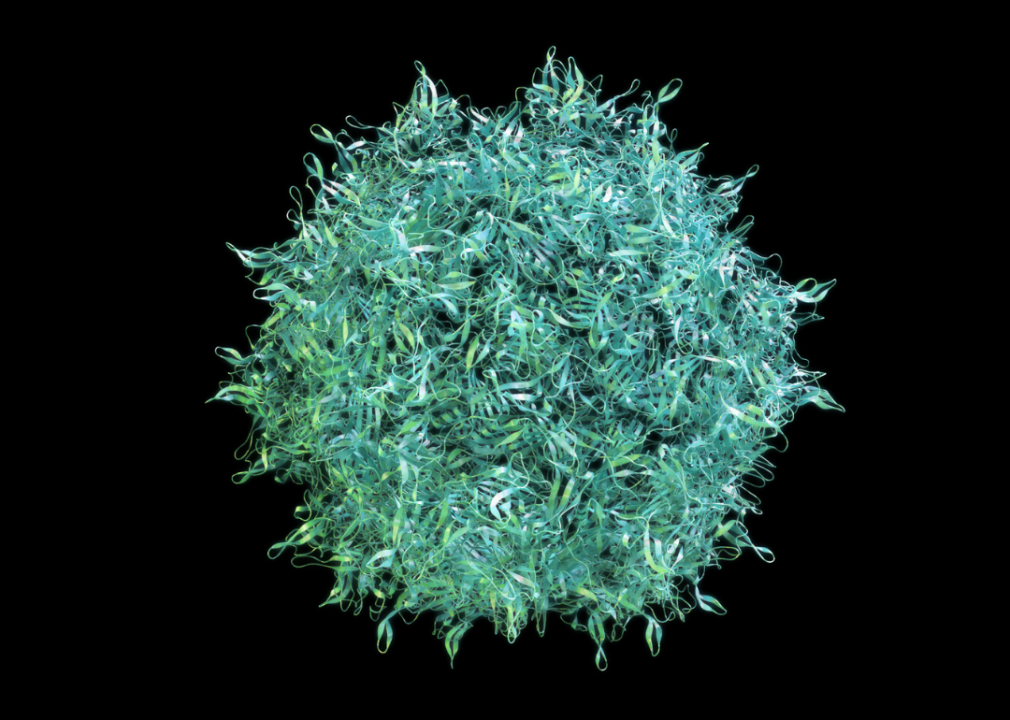
Yabusaka // Shutterstock
Capsid
The protein shell of a virus that helps it enter its target cell is called a capsid. It protects the gene material of the virus. Structures of capsids vary widely and may consist of numerous proteins.
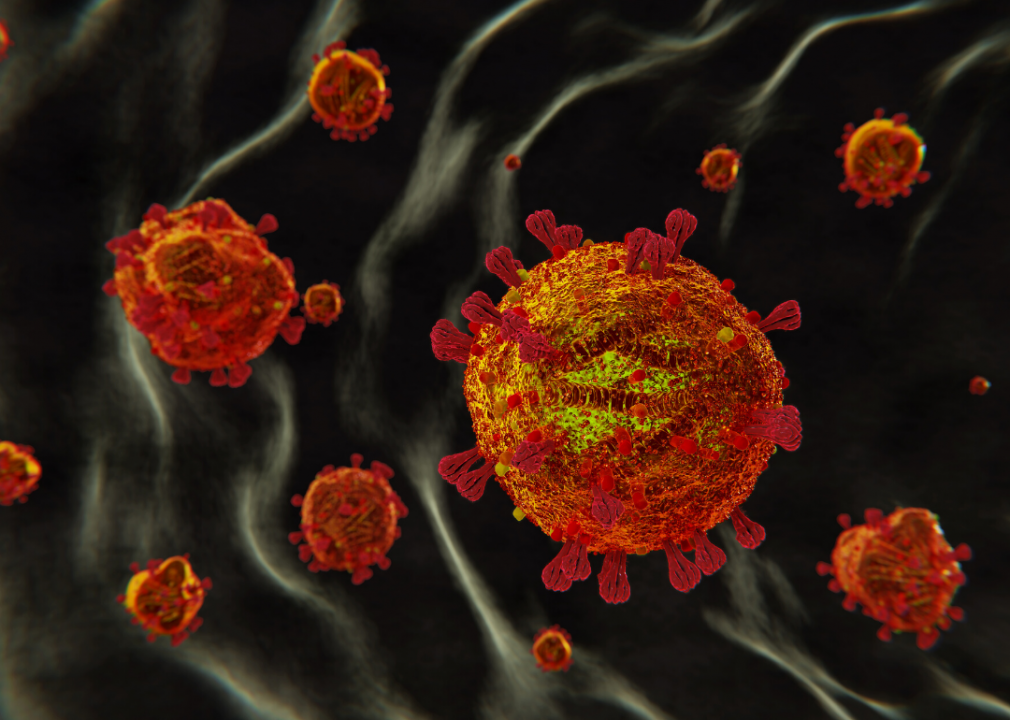
Sta T // Shutterstock
Viral envelope
Some capsids build what are called “viral envelopes” from the cell itself. These are lipid membranes the virus builds around itself, with lipid material of the cell’s inner membrane. Viral envelopes are thought to help the virus infect the target cell. Lipids are the cell’s fatty acids and are not water soluble.
You may also like: States where obesity is increasing the most
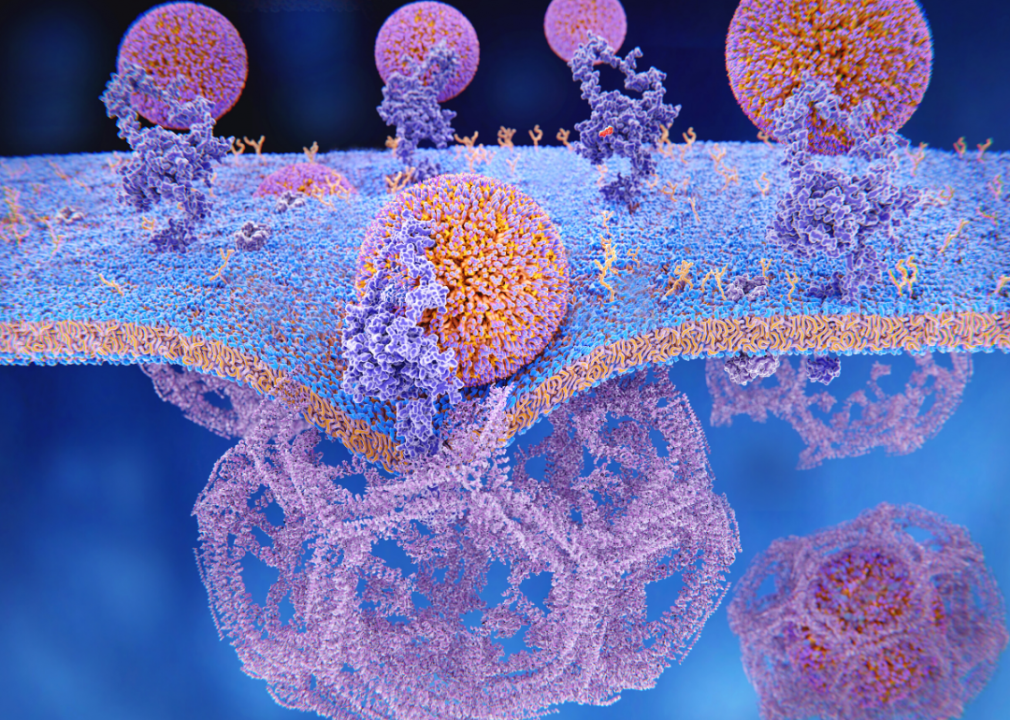
Juan Gaertner // Shutterstock
Endocytosis
Endocytosis is the term for when a virus enters its target cell. Viruses infect their cells in various ways. In some cases, the virus enters the cell but leaves the capsid behind, on the outside of the cell. In enveloped viruses, the viral envelope fuses directly with the cell membrane then it enters the cell. Inside the cell, the capsid degrades and the genetic material of the virus is released.
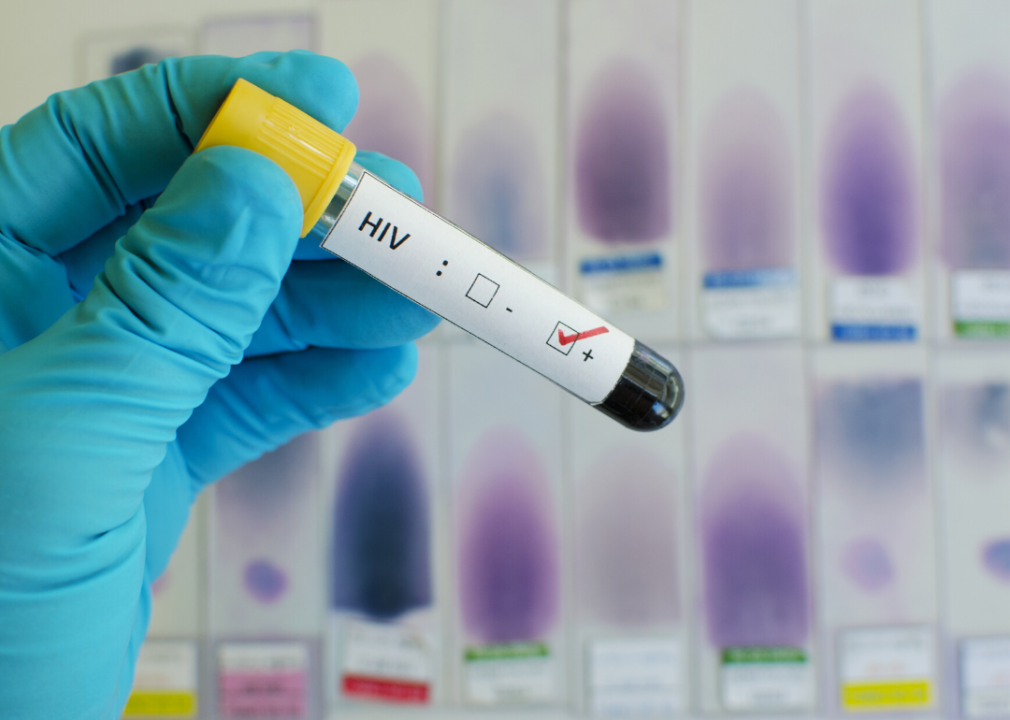
Jarun Ontakrai // Shutterstock
Viral latency
Some viruses have a special trait that allows them to enter and infect a cell, then go dormant. The virus may replicate in the cell at first, then stop. Viral latency refers to the time that viral genetic material can remain in the cell before being reactivated. If reactivated, the virus can reinfect the host without the host being re-exposed. HIV is known to have viral latency.
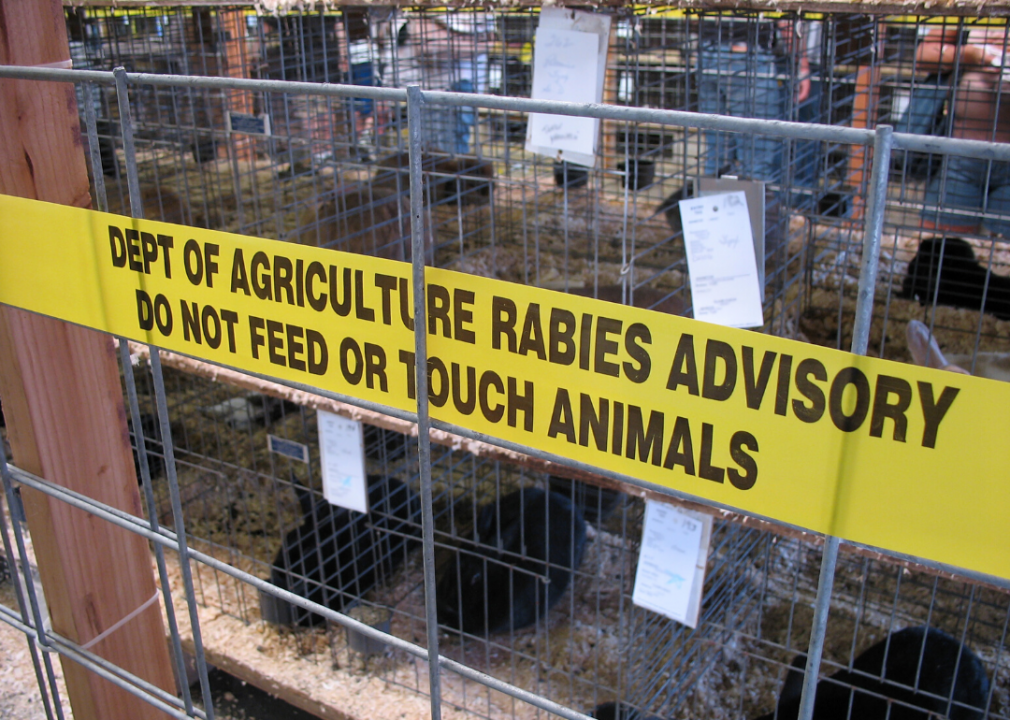
ARENA Creative // Shutterstock
Zoonosis
Zoonosis is when an infectious disease is transmitted from other vertebrate animals to humans. These kinds of infections can occur in natural conditions because vertebrate animals are genetically similar to humans. Some examples include the black plague, transmitted by rats; rabies, transmitted by bats, raccoons, and dogs; and anthrax, transmitted by sheep. More recently emergent human diseases like HIV, Ebola, and SARS likely arose from zoonosis.

SmartPhotoLab // Shutterstock
Direct contact
Infections can spread from one person to another through direct contact or exchanging fluids. This happens with handshakes, kissing, other skin-to-skin contact, and sexual intimacy. Infection can happen before a person realizes they are spreading a disease.
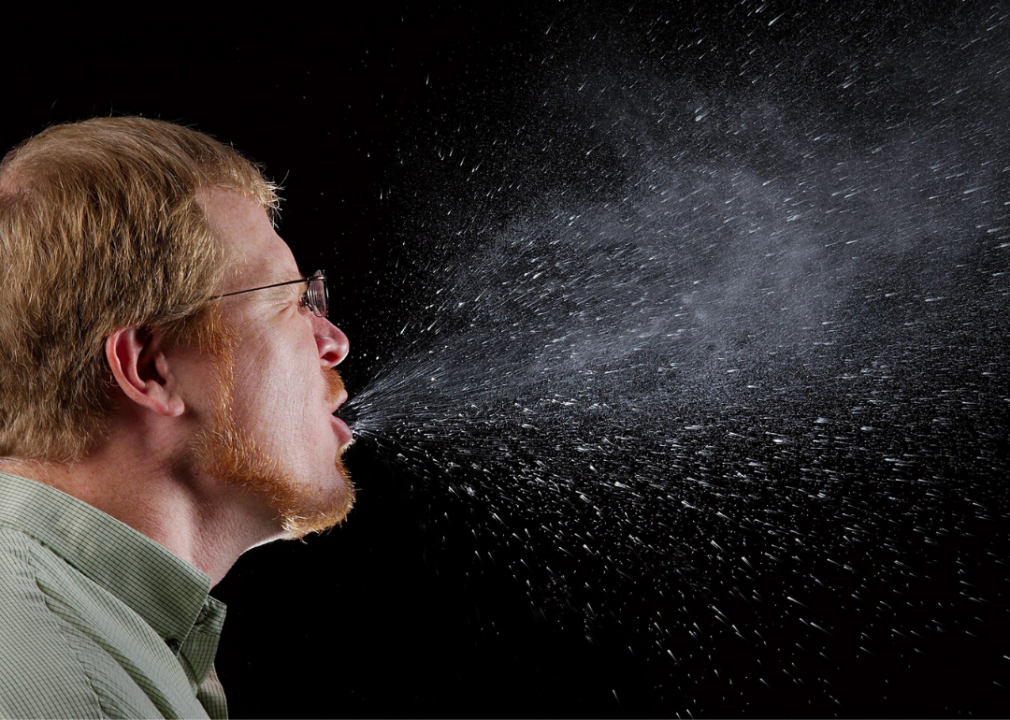
James Gathany // Wikimedia Commons
Droplet spread
Droplet spread refers to transmission when coughs, sneezes, and breath travel some distance from an infected person to a non-infected person. Generally people have thought that close proximity is necessary for droplet spread, but research reported by the Journal of the American Medical Association (and motivated by the coronavirus pandemic), shows that infectious droplets can travel as far as 23 to 27 feet.
You may also like: States where people live the longest

aeorgondo2 // Shutterstock
Airborne transmission
Infectious particles like viruses can travel on dust or simply be suspended in the air. These particles can settle onto various surfaces, then can stir up and re-suspend in the air. If an uninfected person is exposed to these infectious particles, that person can become infected via airborne transmission. Some people have caught measles by entering a room where people with measles had recently been.

DimaBerlin // Shutterstock
Community transmission
Community transmission occurs when an infectious disease arises in a community in which there is no connection to a known case, and/or no known history of travel into or out of a region with the disease.

Maridav // Shutterstock
R0 (reproductive rate)
The “basic reproduction number” is also known as R0 (“R-nought”), a measure that describes how easily a virus spreads. Specifically, R0 is an estimate of how many other people get infected by one infected person. For example, seasonal flu has an R0 of about 1.3 while COVID-19 estimates suggest 1.5 or more people can be infected by each carrier, with some research indicating an R0 factor being as high as 6.68. Changes to R0 can happen with how often people see others, location, and strength of the efforts to lower spread.

Chaikom // Shutterstock
Epidemic
An epidemic is defined by Merriam Webster’s dictionary as “an outbreak of disease that spreads quickly and affects many individuals at the same time.” An epidemic is a situation in which a disease is actively spreading.
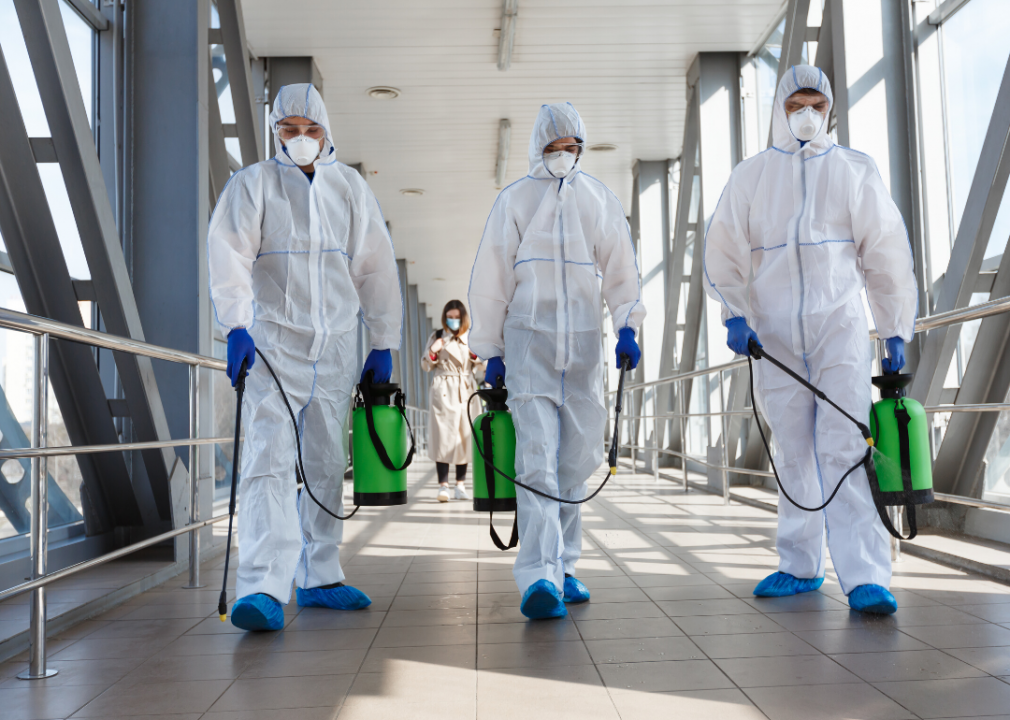
Prostock-studio // Shutterstock
Pandemic
A pandemic results from an epidemic that has grown past geographic boundaries. It is a type of epidemic. It occurs over a wide geographic area and impacts “an exceptionally high proportion of the population”—likely a whole country or the entire world. On March 11, 2020, the World Health Organization categorized the new coronavirus (COVID-19) as a pandemic.
You may also like: Best states for health care
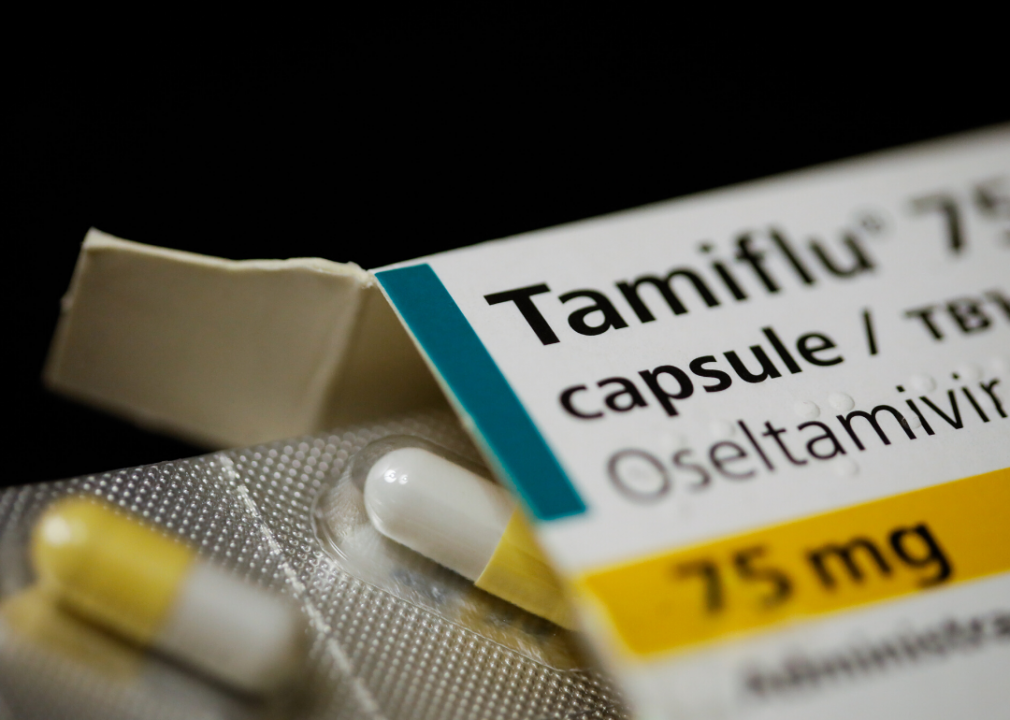
Mircea Moira // Shutterstock
Antiviral drug
Antiviral drugs are medications that are used to inhibit viruses and their development. Antibiotics typically destroy the infectious agent, but since viruses are not exactly alive, antiviral drugs are designed to interfere in some way with the virus.
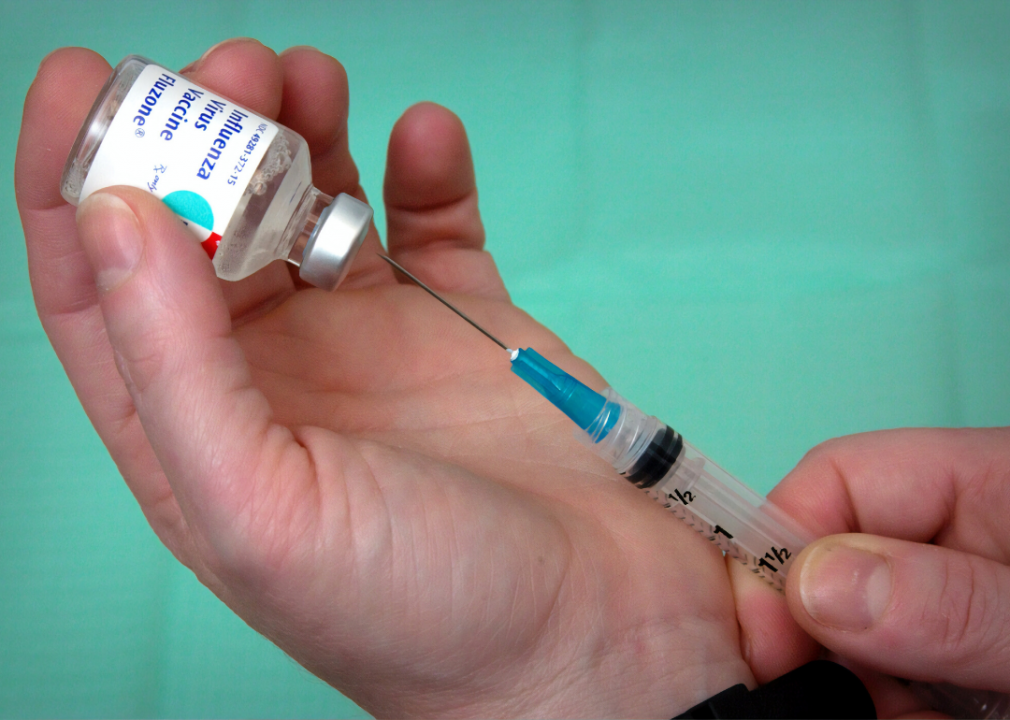
CDC // Unsplash
Vaccine
Vaccines prevent disease. A vaccine contains the same germ that makes people sick, but it is rendered harmless: Either it’s killed or weakened to the point it does not cause illness. When the vaccine is injected into the body, the immune system responds by making antibodies, leading to the same immunity a person would have if they’d become sick and recovered. When enough people are immune, this protects whole populations because of the diminished chances of an outbreak.

Dragana Gordic // Shutterstock
Common cold
The common cold is a viral infection of the nose and throat that causes various symptoms like sore throat, runny nose, headaches, cough, and low fever. Many viruses can lead to the common cold, and most healthy people recover from a cold in six to 10 days.
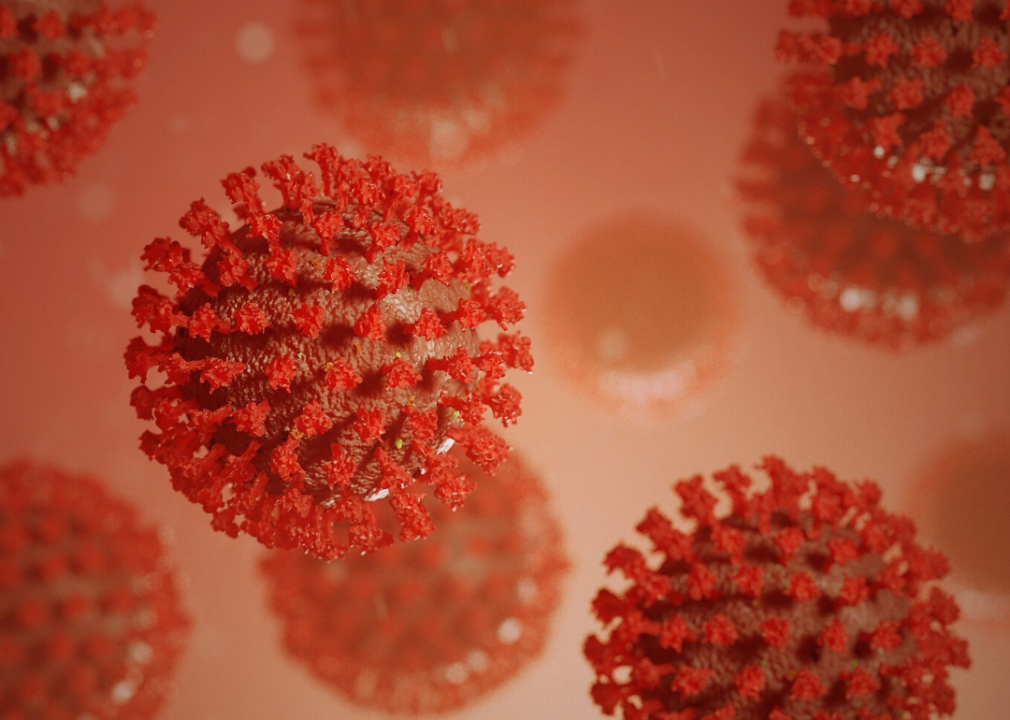
Pixabay
Coronavirus
The term coronavirus defines a “family of viruses that cause illness ranging from the common cold to more severe diseases, such as Middle East Respiratory Syndrome (MERS-CoV) and Severe Acute Respiratory Syndrome (SARS-CoV). The novel coronavirus [most] recently discovered has been named SARS-CoV-2 and it causes COVID-19.” Coronaviruses are not the flu.
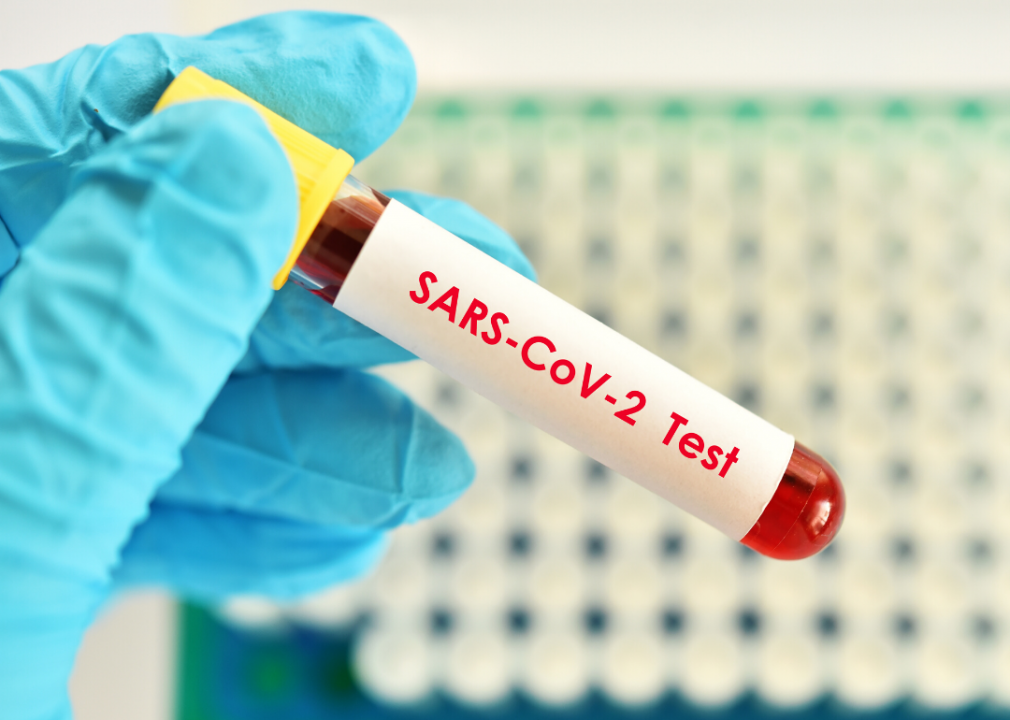
Jarun Ontakrai // Shutterstock
SARS-CoV-2
The novel coronavirus that causes the disease COVID-19 is known as SARS-CoV-2. Although this new disease may have certain similar symptoms to seasonal flu, It is from a completely different family of virus, and its particular set of traits make it highly contagious and far deadlier. The Centers for Disease Control has an information sheet to help people decide if they might have the new coronavirus, and what to do if they are sick.
You may also like: States getting the least (and most) sleep
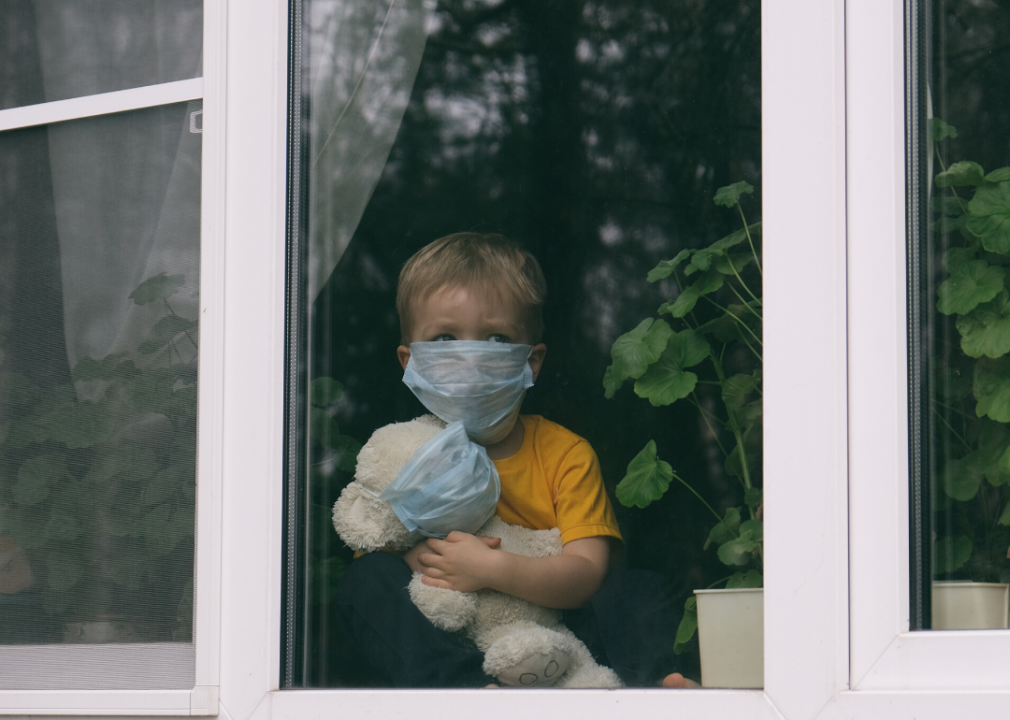
Gargonia // Shutterstock
Isolation
Isolation separates those who have a disease from those who don’t, or who are not known to be sick. The public has been guided on isolating at home during the pandemic if they or their family members have symptoms. The CDC fact sheet also provides guidance on home isolation and what to do once you no longer have symptoms.
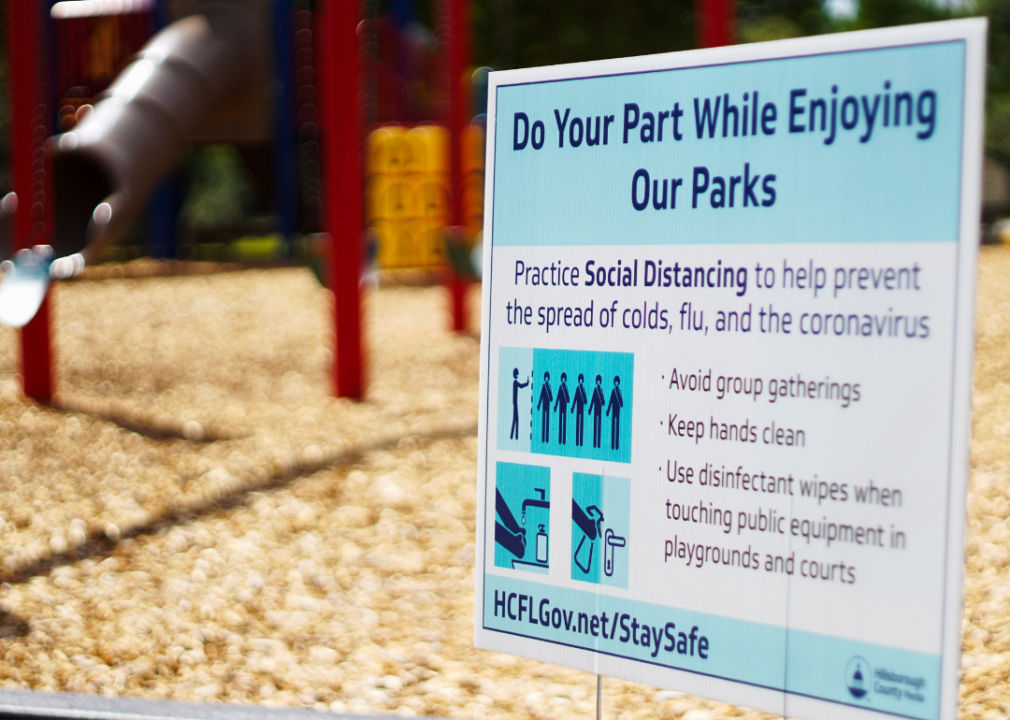
Jordan Hopkins // Unsplash
Social distancing
Social distancing is when people stay away from each other, avoid all crowds, and cancel large and small events and gatherings. Social distancing effectively keeps this virus from spreading between people, and thus saves lives—particularly in the current pandemic because of its extreme contagion and high fatality rate. Distancing has included closing schools, working remotely, staying at least 6 feet apart from other people, and connecting with loved ones using online platforms, phones, and social media.
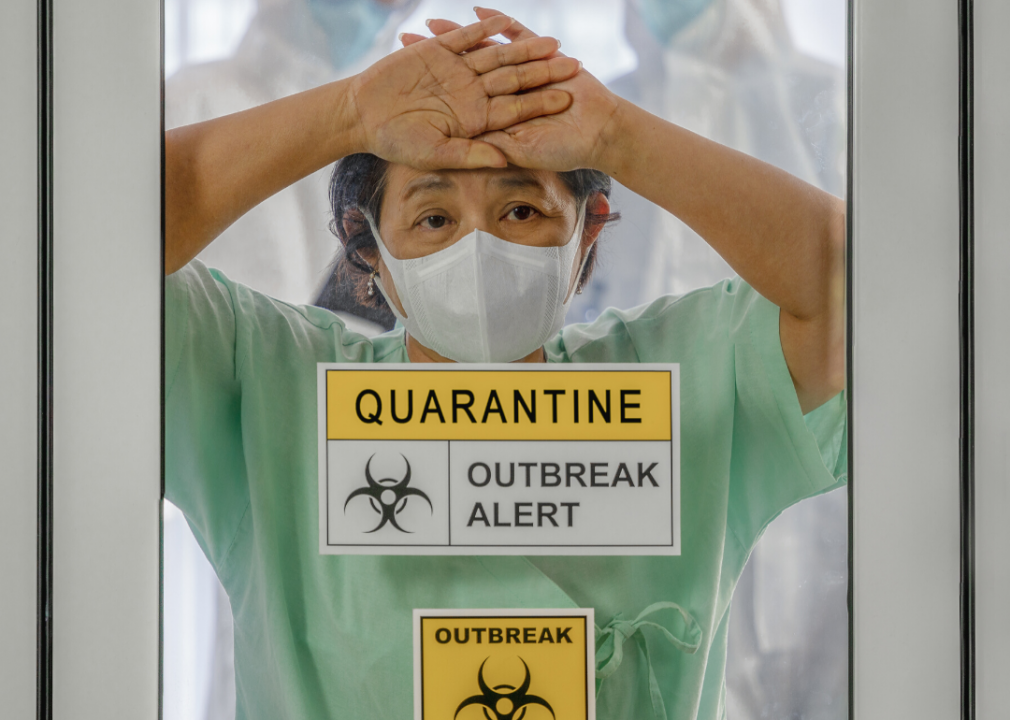
Mongkolchon Akesin // Shutterstock
Quarantine
If people have been exposed to someone with the contagious disease, quarantine separates and restricts their movement to see if they get sick. Quarantine helps ensure that if someone is already exposed, that they stay away from others. People can shed the infectious virus and infect others without knowing they’re contagious.
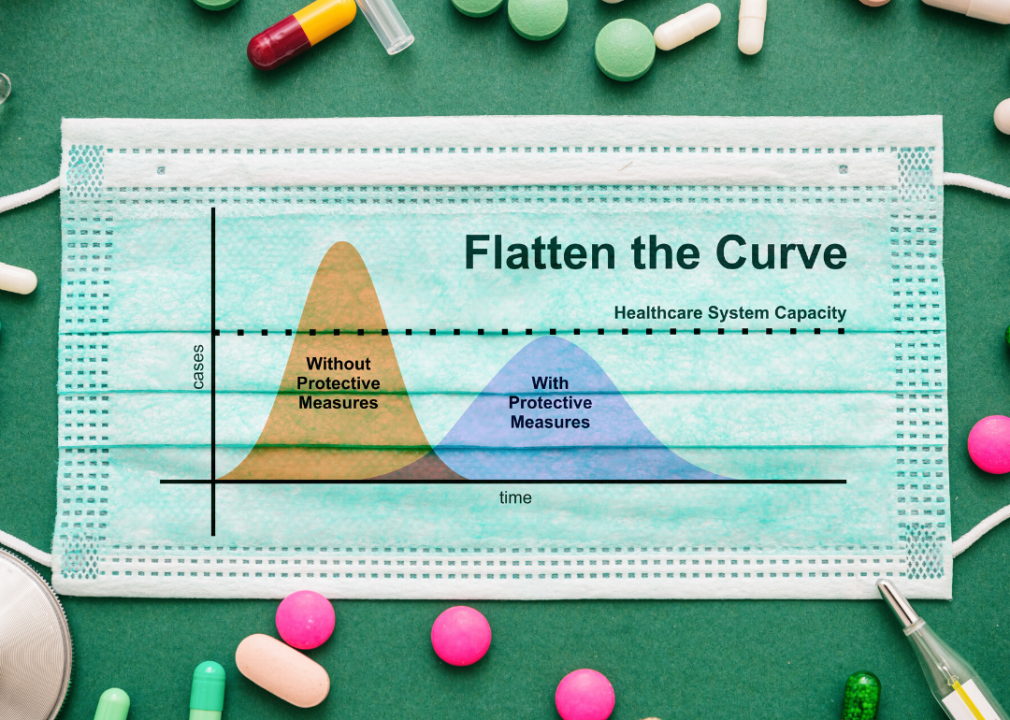
rawf8 // Shutterstock
Flattening the curve
“Flattening the curve” is a key way to save many, many lives by slowing the exponential spread of the disease. This allows time for health-care workers, hospitals, and related systems to help infected people, without becoming overwhelmed by exponentially rising numbers of seriously ill patients. It is very effective, may last from weeks to months, and could save tens of thousands of lives.
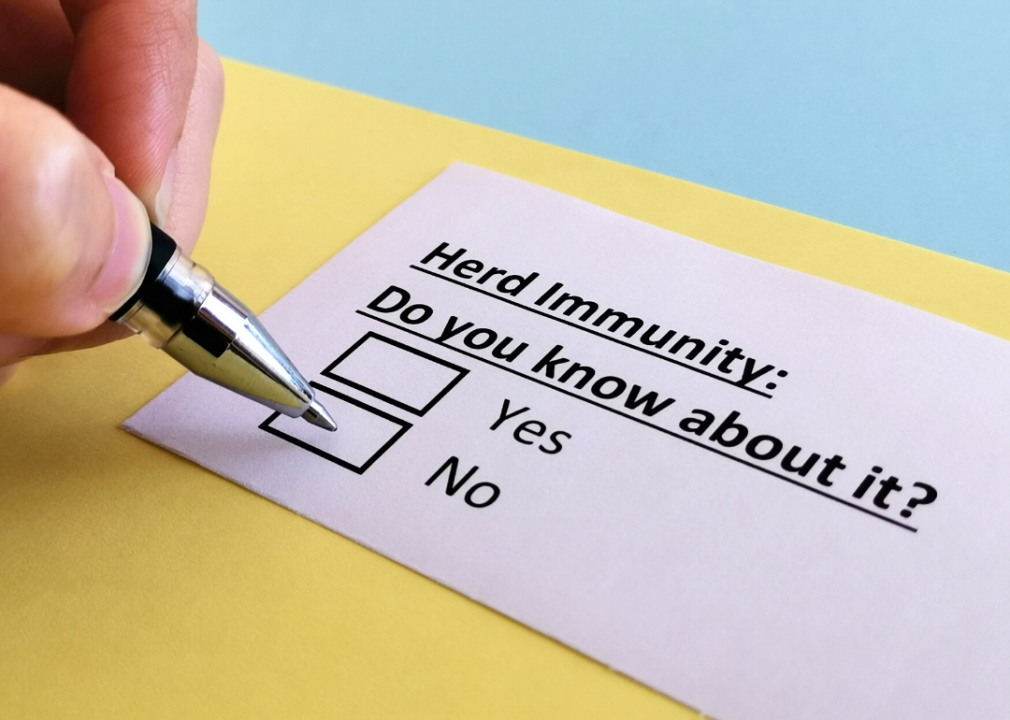
Yeexin Richelle // Shutterstock
Herd immunity
Herd immunity happens to a population that has been exposed to an infectious agent and, as a result, becomes immune. If this happened with the novel coronavirus—but without flattening the curve—the loss of life would be catastrophic because the virus is so contagious and deadly.
You may also like: 40 most nutritious fruits and vegetables, according to experts
